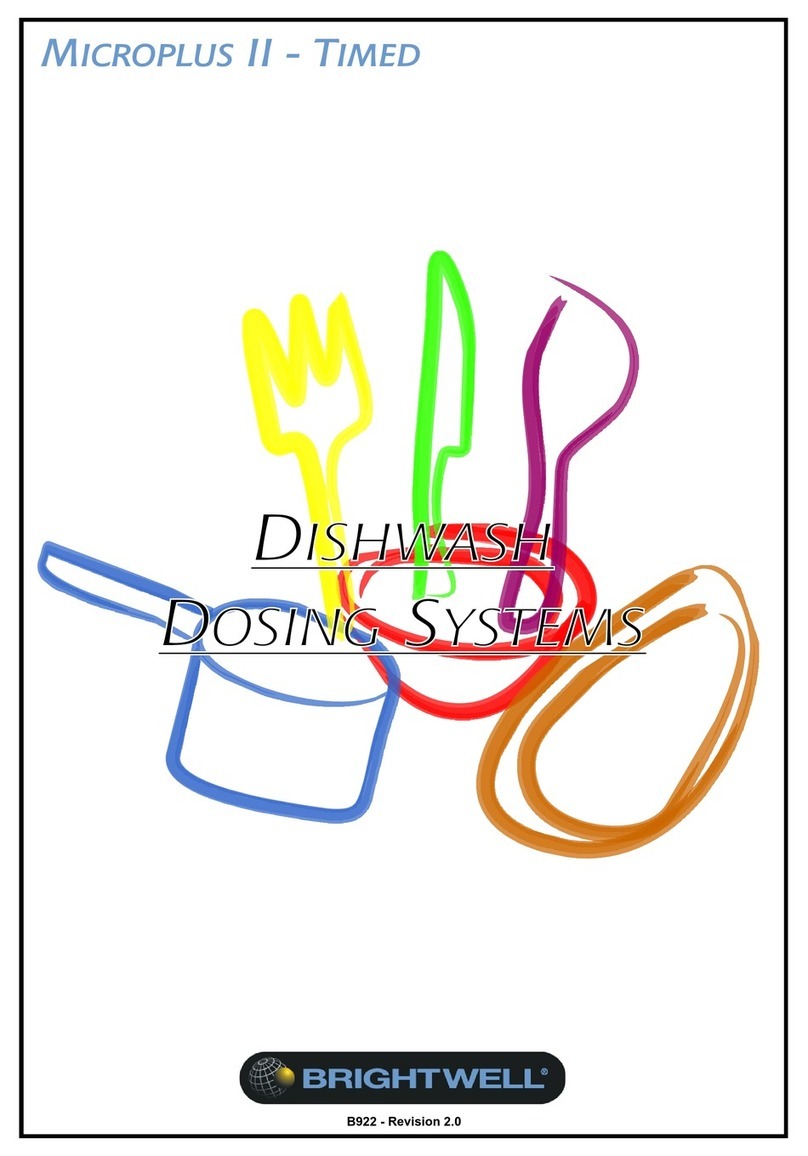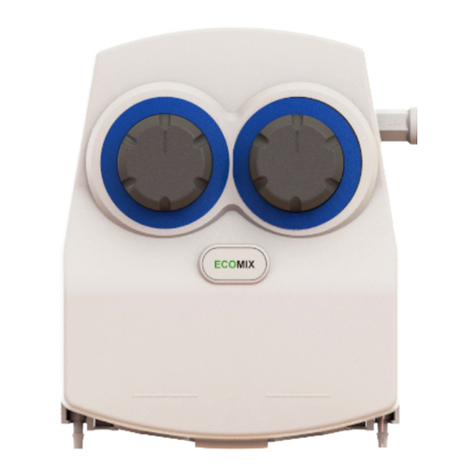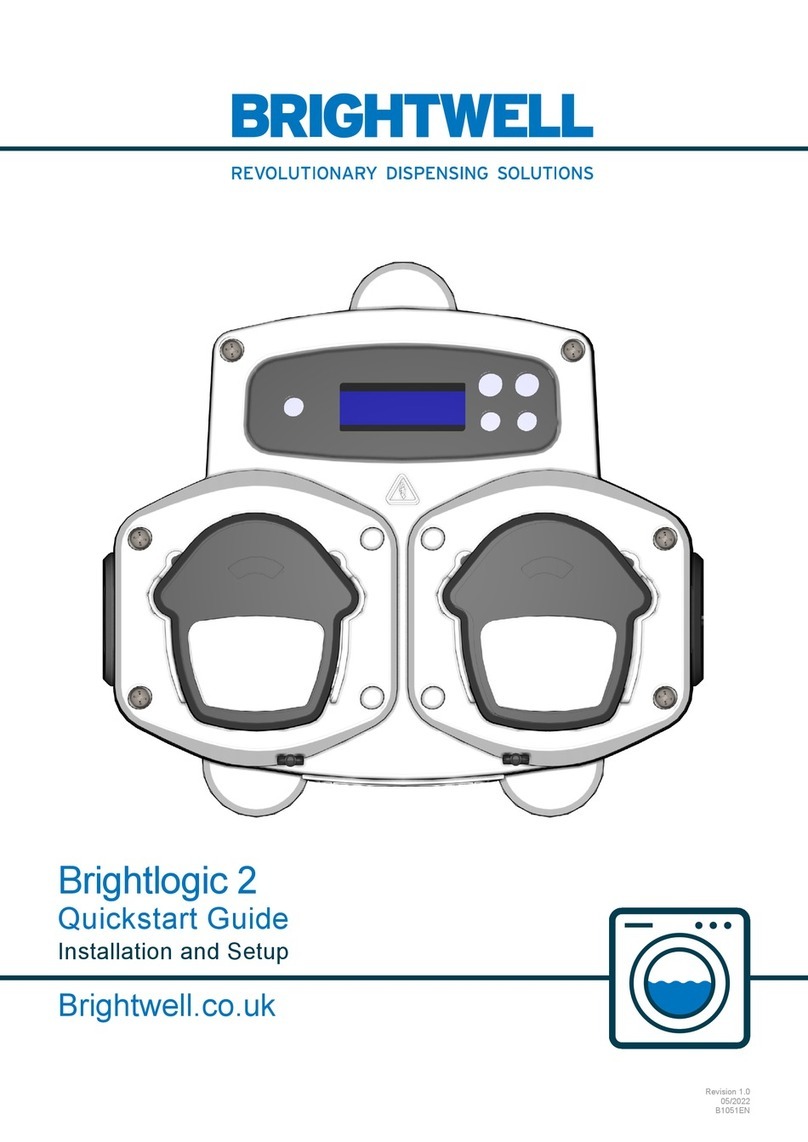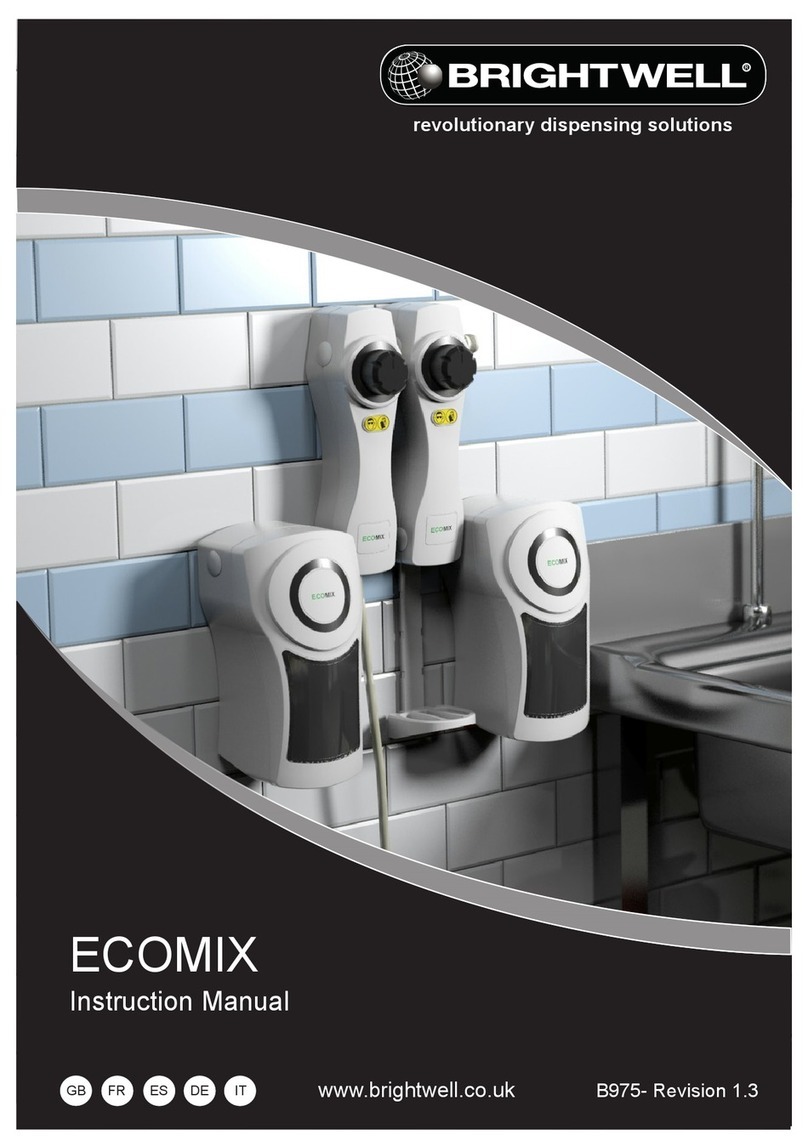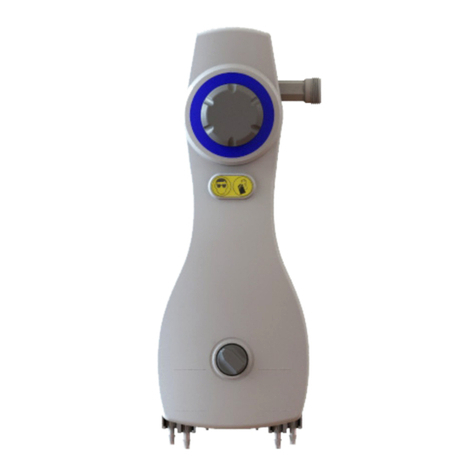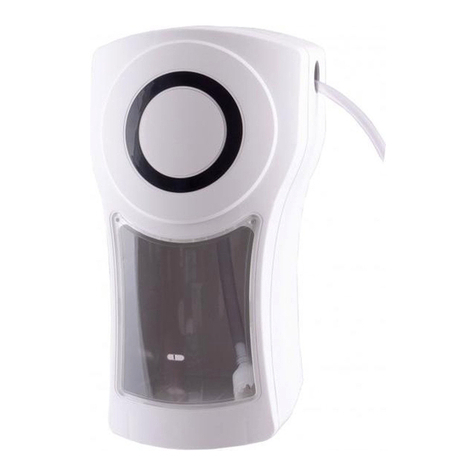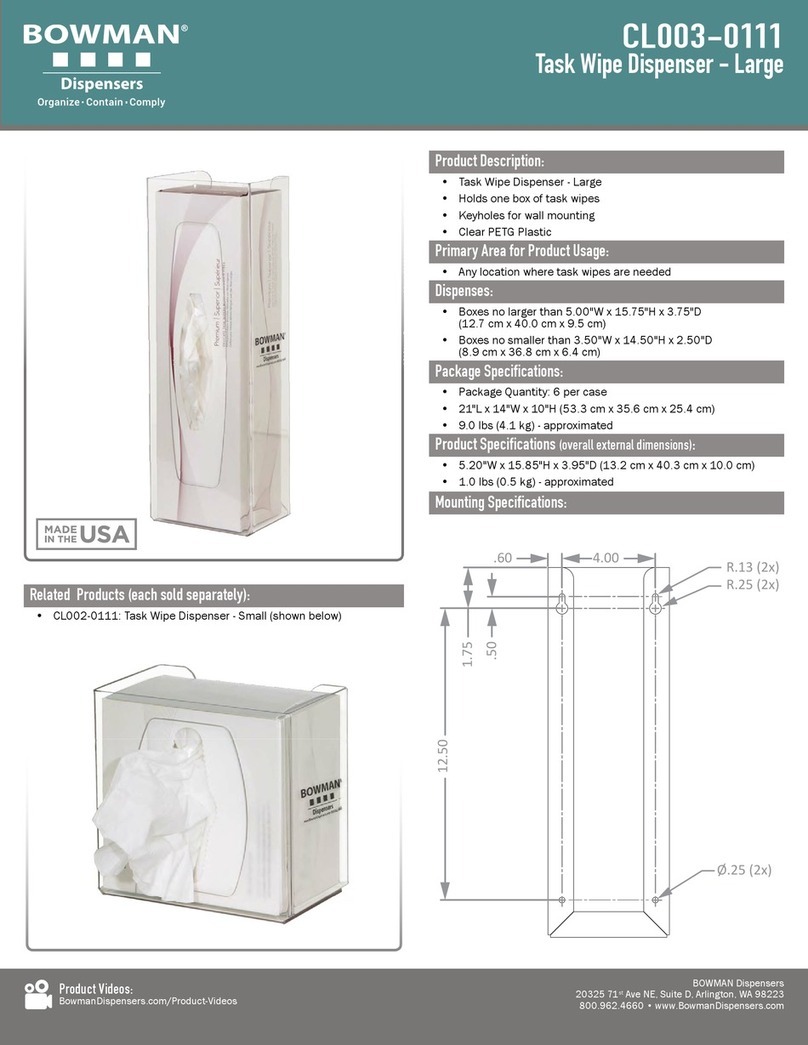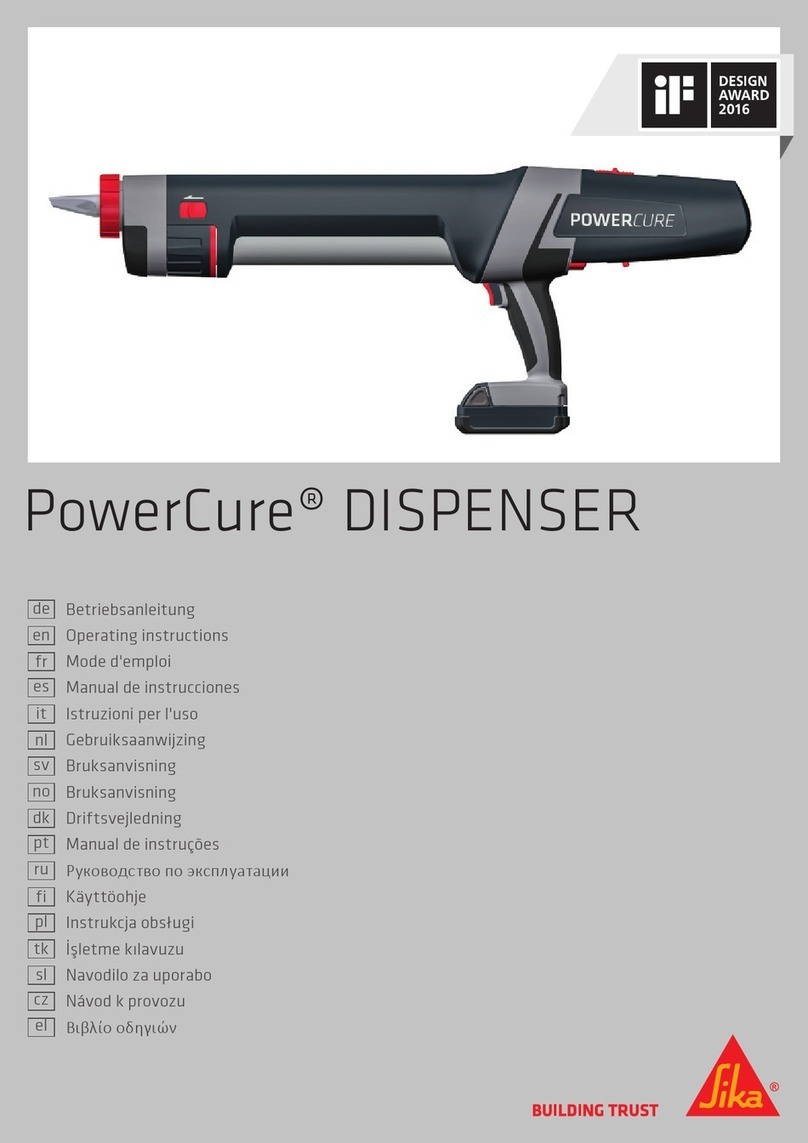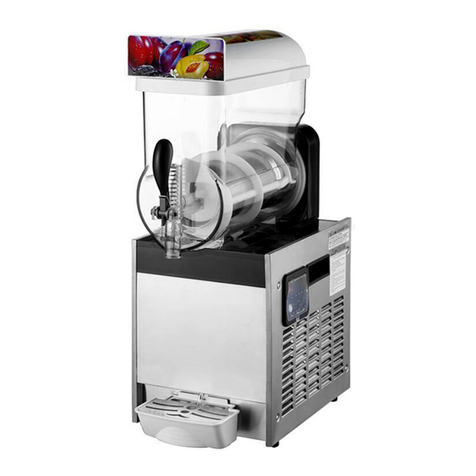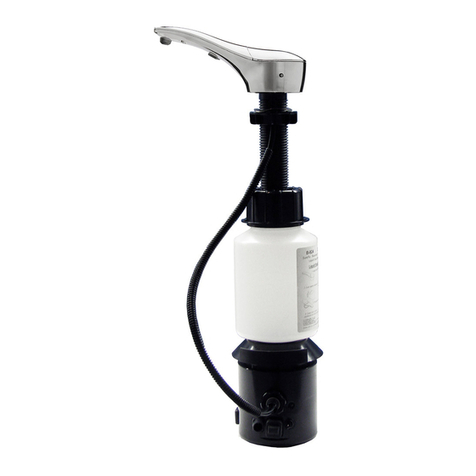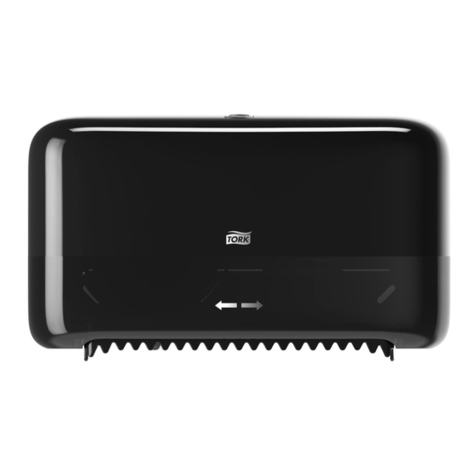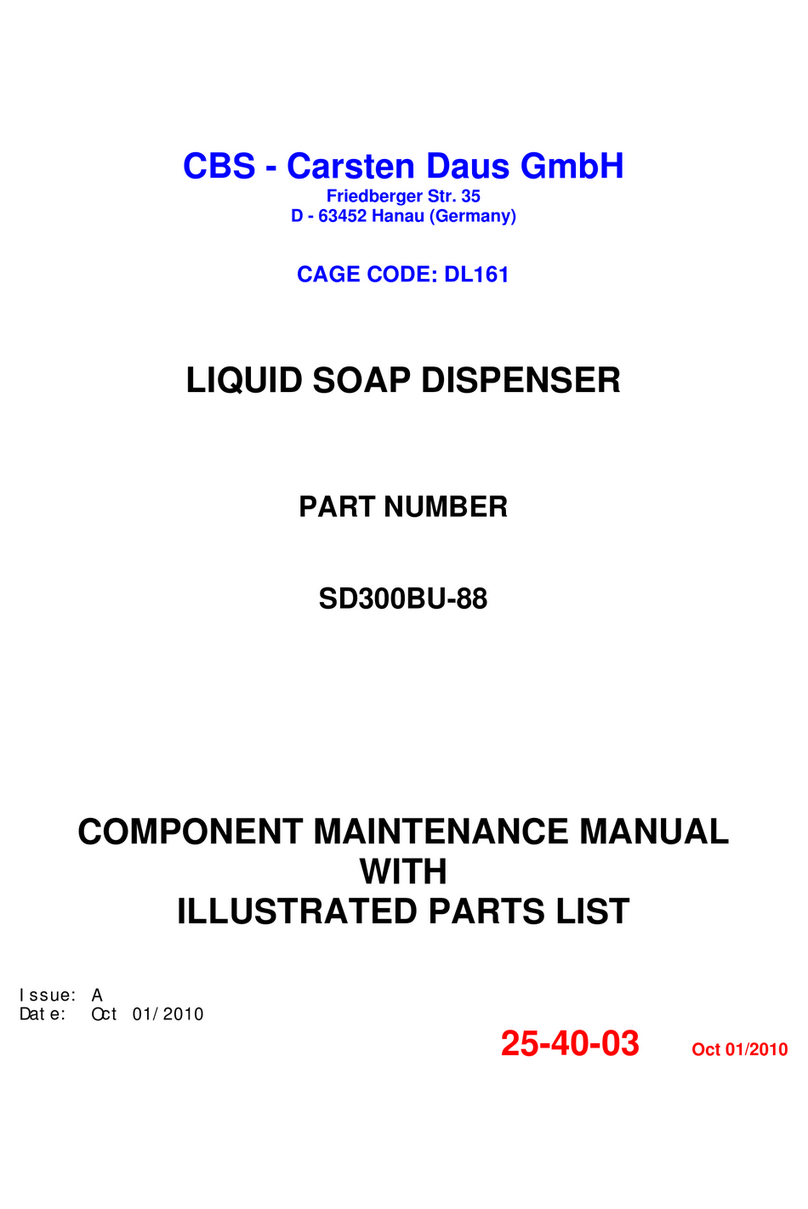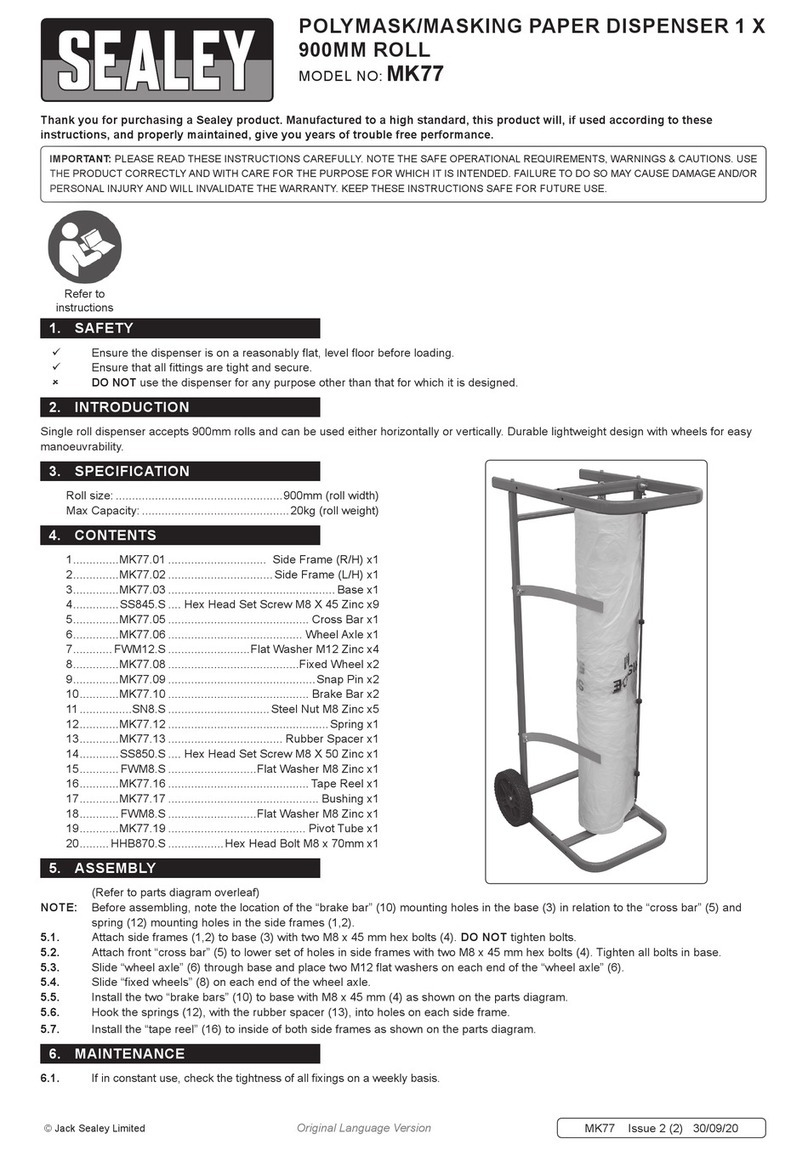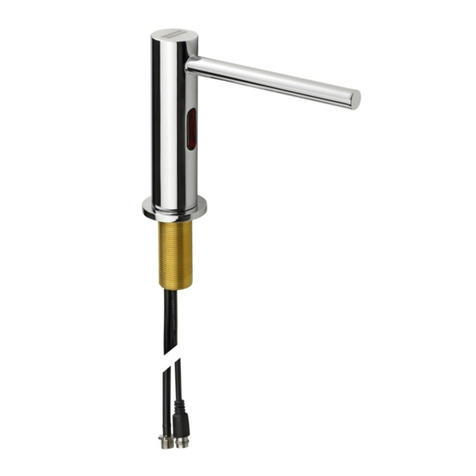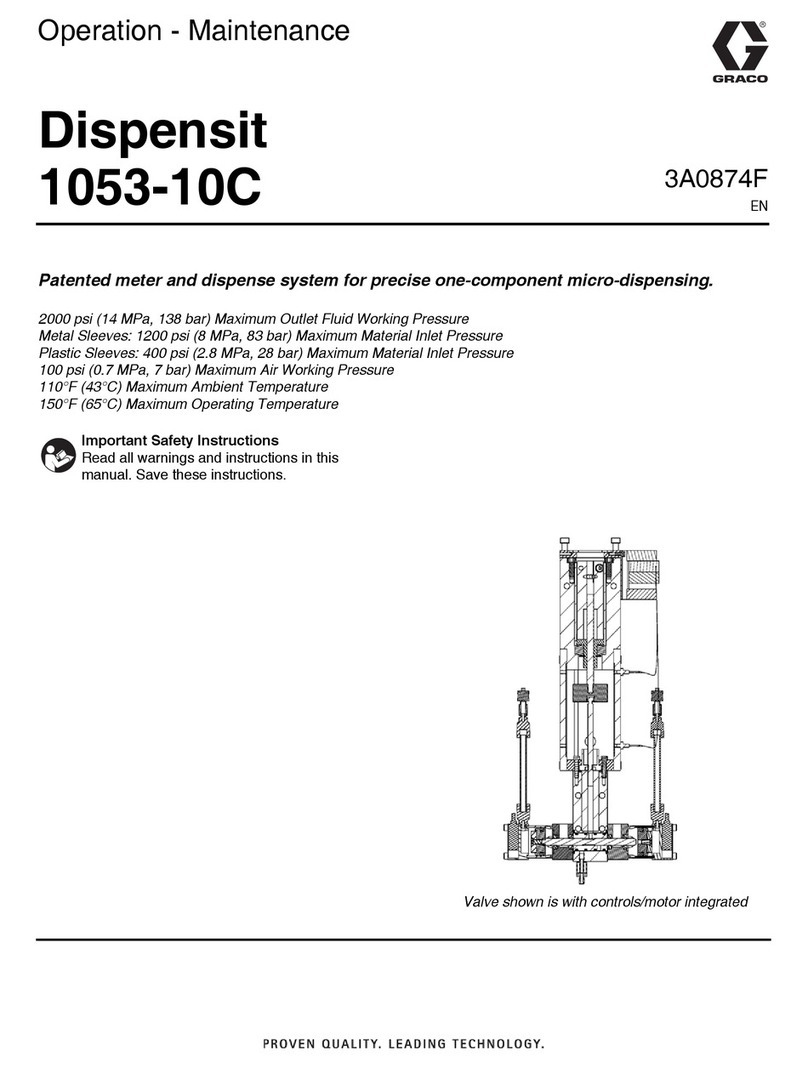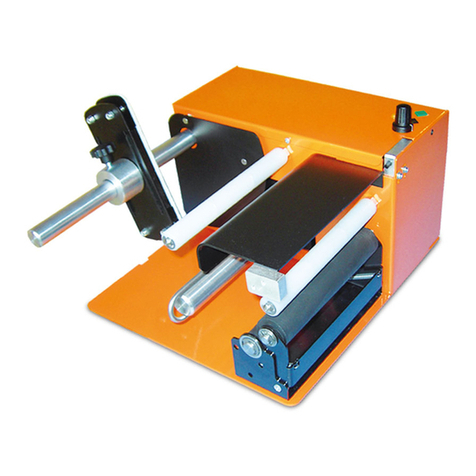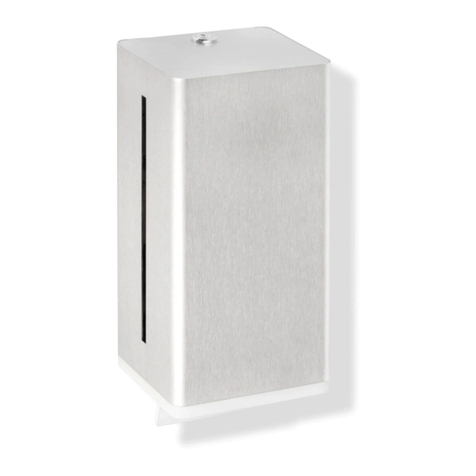Choosing One of Three operating modes
© 2019 Brightwell Dispensers Limited.
Probe Mode –Pages 11 & 17
Suitable for both Single tank machines and Conveyor/multi tank machines. Probe mode offers controlled
dosing of detergent with the use of a conductive probe. The probe is then set to dose to a specific level of
concentration and will monitor the concentration adjusting the dosage accordingly. Rinse is controlled by
a signal from the dish machine and can be set to run continuously whilst a rinse signal is present or it can
be set to run on a timed basis (common in Europe).
Probeless Door –Pages 12 & 24
Suitable for single tank machines. Probeless Door mode operates on a timed dosage of Detergent, Rinse
activated by an incoming signal from the Dish machine. Detergent dosage is programmed via a time
setting. Rinse dosage can be either a time setting or programmed to run for the duration of the incoming
signal. Optional delay time for rinse is available. Initial charge options are Signalled requiring a signal
from the dish machine to the Initial charge input of the PCB (see page 12 for wiring instructions), Power
up: Initial charge activates when the dosing pump is powered for the first time, OFF no Initial charge,
Auto: When the signal remains high for longer than a programmable time the dispenser will stop the
Rinse charge and start the initial charge. A single signal from the dish machine can be taken to operate
detergent charge and rinse charge by changing the “Link Detergent and Rinse signals” option found on
page 28.
Probeless Conveyor –Pages 13 & 29
Suitable for Conveyor/Multi tank machines. Probeless Conveyor mode operates on a timed dosage of
Detergent, Rinse activated by an incoming signal from the host machine. Detergent dosage is
programmed via a time setting. Rinse dosage for the duration of the incoming signal. Optional delay time
for rinse is available. Initial charge options are Signalled requiring a signal from the host machine to the
Initial charge input of the PCB (see page 13 for wiring instructions), Power up: Initial charge activates
when the dosing pump is powered for the first time or OFF no Initial charge.
NOTE: the probe can still be fitted even when set in probeless mode, it will display the probe reading
and the tank temperature on the Info screen. This feature allows you to quickly see that the dish
machine is keeping to titration when in probeless mode and also allows you to ensure the temperature
of the tank is correct.
10
C
